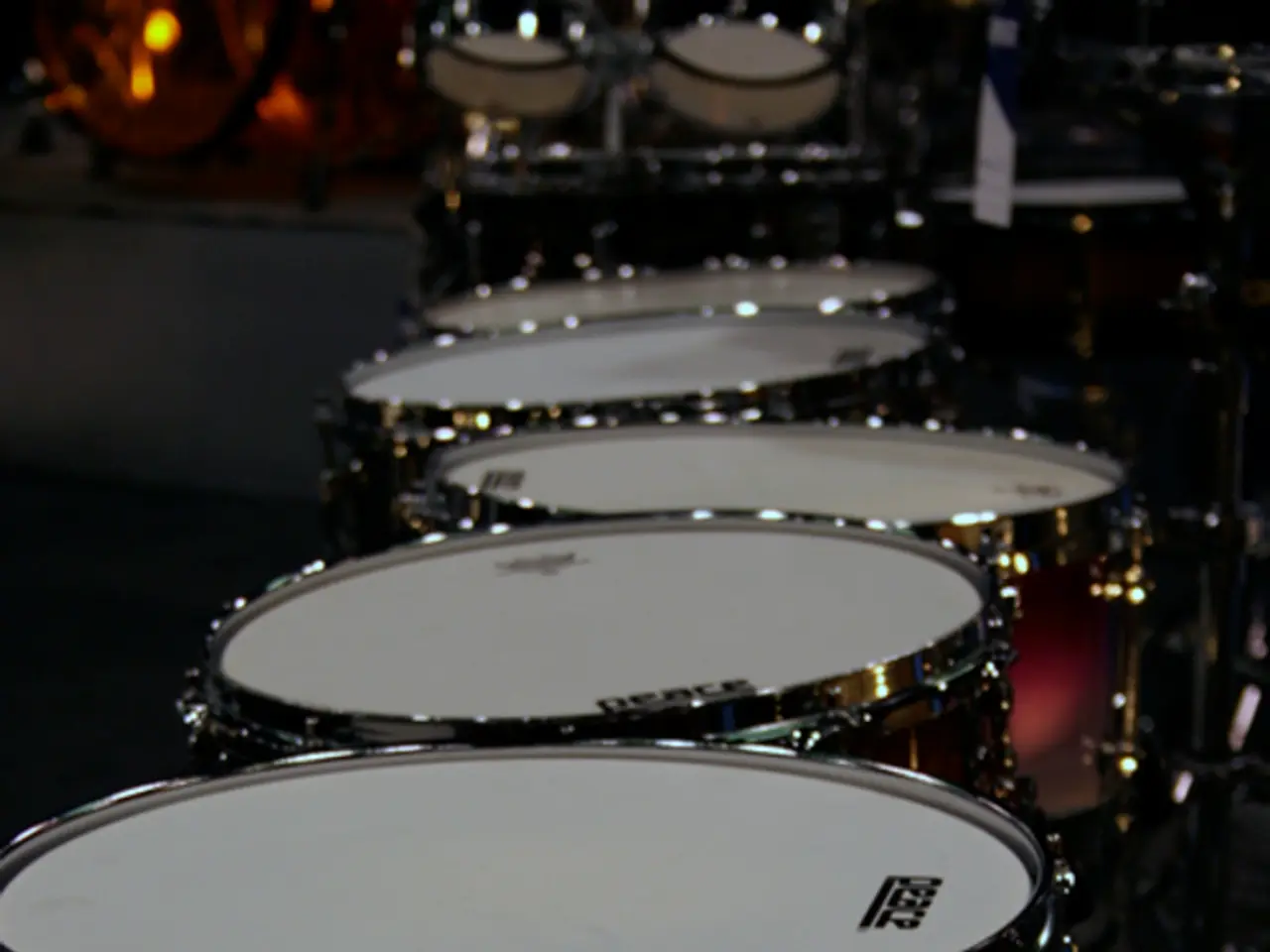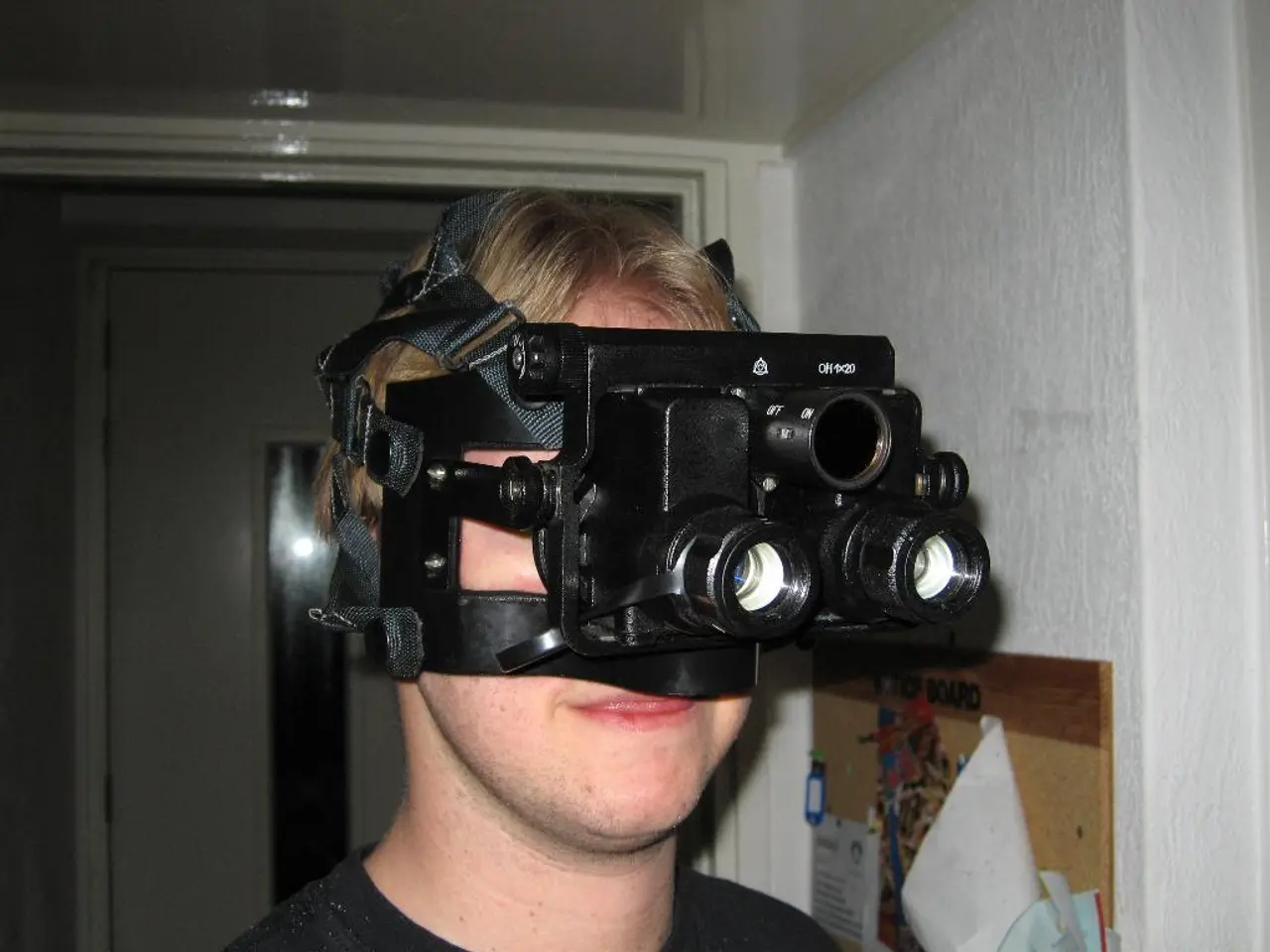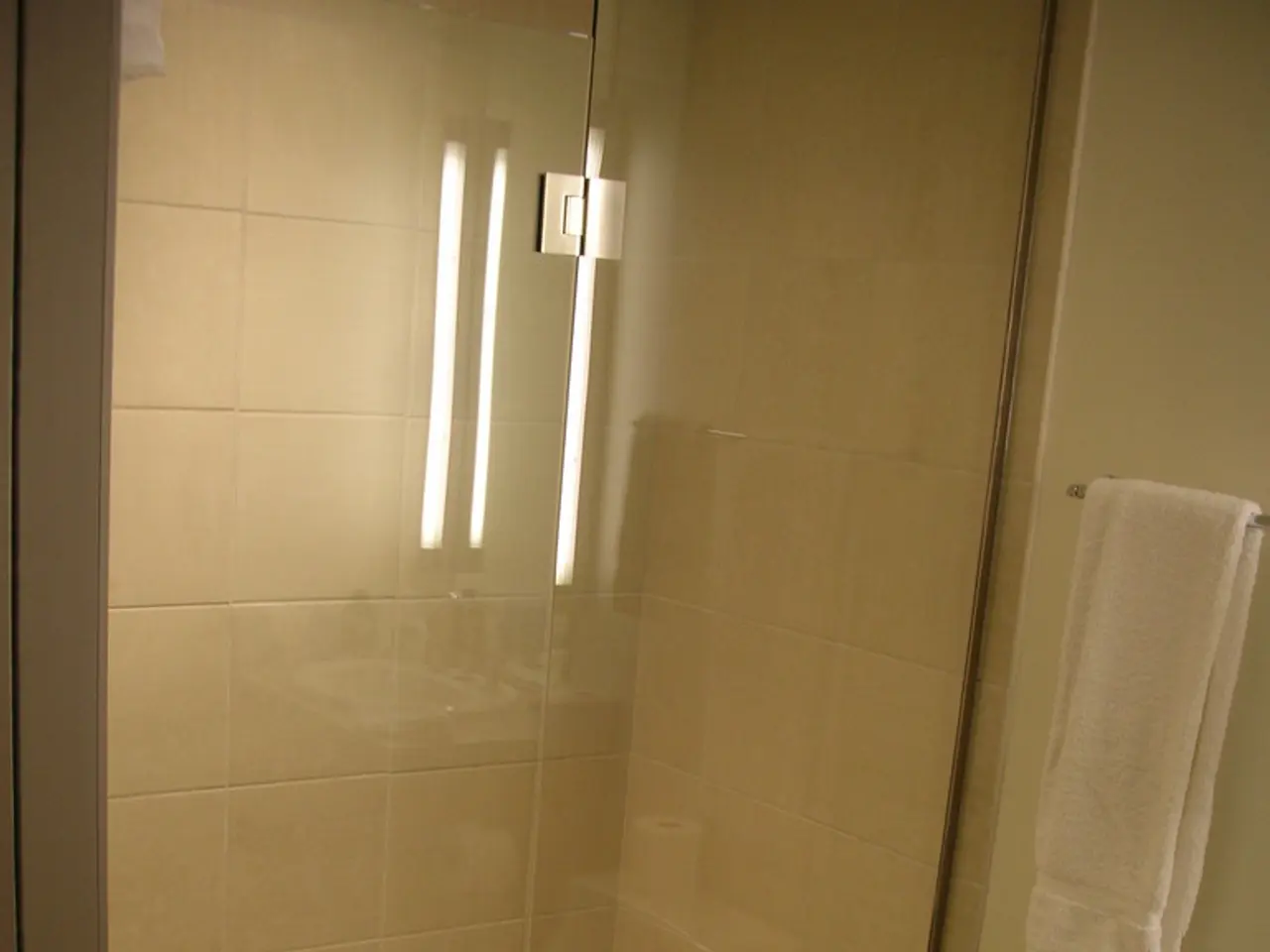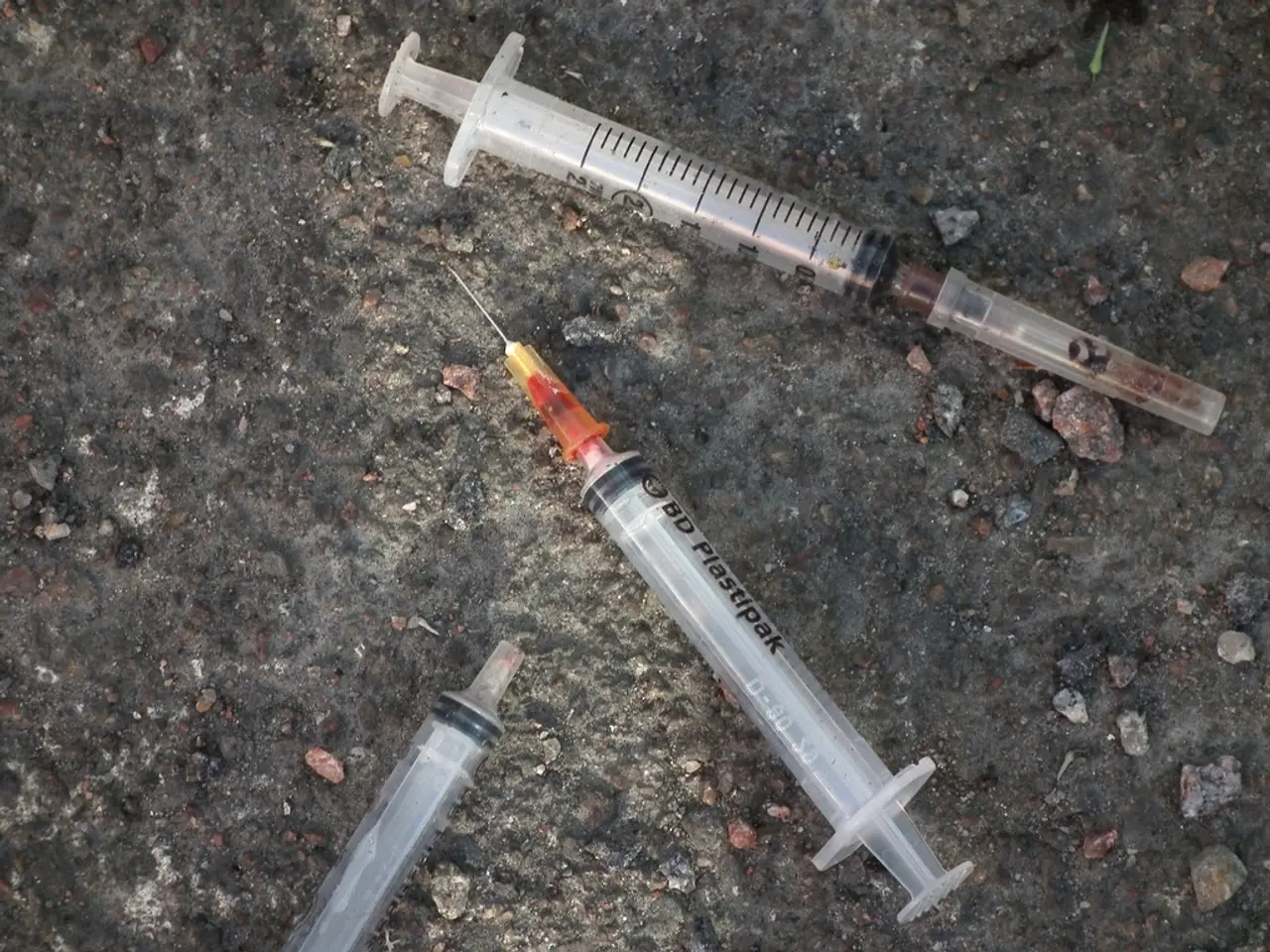Myth Busting: Arm Crossing Does Not Necessarily Indicate Deception in Body Language
In a world where body language plays a significant role in our interactions, it's easy to fall prey to popular myths and misconceptions. One such myth is the belief that crossing arms is a clear sign of lying. However, recent research and expert sources on lie detection emphasize that this notion is scientifically unproven [1][3][5].
Some individuals may have a natural tendency to cross their arms when standing, but this gesture is more likely a defensive or closed posture rather than a clear sign of deception [2]. Research in nonverbal behavior consistently shows that crossed arms are not a reliable indicator of deception [4].
Instead of relying on a single gesture like crossed arms, professionals in lie detection observe a broader range of cues and context [3]. Psychologists note that crossed arms may signal discomfort, defensiveness, or a closed-off attitude, but they do not directly indicate dishonesty [5].
So, what are the more reliable indicators of deception? Experts suggest paying attention to pauses before answering, struggling to explain motivations, inconsistent eye contact, or nervous gestures [1]. These cues, along with context and other verbal and nonverbal signals, are crucial for any lie detection attempt.
It's also important to note that the interpretation of body language can vary greatly depending on cultural norms. For instance, in some cultures, crossing arms is simply a neutral resting posture, while in others, it can even signal attentiveness or respect [4].
When it comes to high-stakes situations like job interviews, interrogations, or legal proceedings, more scientific methods like the polygraph are employed. Polygraph testing focuses on involuntary physiological reactions, such as respiratory changes, skin conductance (sweating), heart rate, and blood pressure shifts, and compares these measurements to a subject's baseline responses [6]. Unlike arm crossing, polygraph examinations do not interpret posture or gestures.
In sum, crossing arms alone is not a reliable indicator of deception in interviews, interrogations, or everyday conversations. Instead, it's essential to consider context and other verbal and nonverbal signals for any lie detection attempt. And remember, sometimes, a crossed arm is just a crossed arm, and it's important not to mistake body language myths for forensic truth.
References:
[1] Baxter, M. G., & Archer, R. (2005). The detection of deception: Current issues and future directions. Journal of Social Psychology, 145(6), 673-702.
[2] Rubin, D. C., & Wickham, J. (2007). The role of body language in signaling deception. In Handbook of deception detection (pp. 371-389). Wiley-Blackwell.
[3] Sporer, S. (2005). Nonverbal cues to deception: A review of the literature. Law and Human Behavior, 29(5), 549-567.
[4] Kraut, R. E. (2004). Crossed arms and other body language myths. Psychology Today.
[5] Goldman, H. H. (2003). Lying: Moral choice in public and private life. Oxford University Press.
[6] Kohnken, R. W. (2002). The polygraph and the law: A comprehensive analysis. American Psychological Association.
- In forensic investigations and high-stakes situations, professionals rely on scientific methods like the polygraph test for lie detection, unlike relying on body language myths.
- The polygraph test focuses on involuntary physiological reactions such as heart rate, blood pressure, and skin conductance (sweating), comparing these measurements to a subject's baseline responses.
- Unlike arm crossing, polygraph examinations do not interpret posture or gestures but provide more reliable results in lie detection attempts.
- Experts suggest paying attention to pauses before answering, struggling to explain motivations, inconsistent eye contact, or nervous gestures for a better detection of deception.
- Although crossing arms is often associated with deception, research consistently shows it is not a reliable indicator, more likely representing discomfort, defensiveness, or closed-off attitude rather than dishonesty.
- It's essential to consider context and other verbal and nonverbal signals when attempting to detect deception, as interpretation of body language varies depending on cultural norms.
- Health-and-wellness and mental-health professionals should also be aware of the impact that lifestyle and stress can have on a subject's physiological responses during a polygraph test.
- In essence, detecting deception requires a comprehensive understanding of verbal and nonverbal signals, avoiding myths and misconceptions, and considering the broader scientific and contextual factors.




